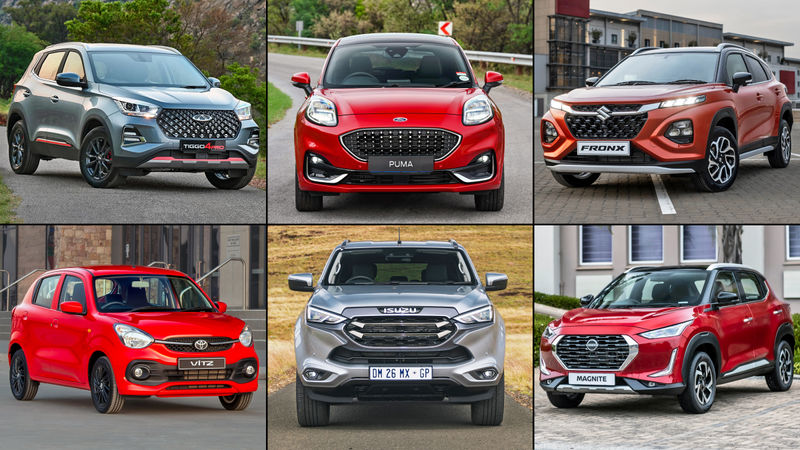



Ford has taken the wraps off its dragon-slaying GT supercar at the 2015 North American International Auto Show (NAIAS) currently underway in Detroit. The Ford GT is one of 12 new Ford performance cars to be introduced by 2020 and will be a rival to the likes of Ferrari and Lamborghini and McLaren when it goes into production late in 2016.
The all-new rear-wheel drive Ford GT is fitted with a mid-mounted, 3.5-litre twin-turbocharged V6 EcoBoost engine that offers 447 kW. This power is transferred to the GT’s 20-inch wheels via a seven-speed dual clutch transaxle transmission. The V6 EcoBoost engine is the most powerful EcoBoost engines to date and offers high levels of performance and efficiency.
The Ford GT also benefits from an all-new direct fuel-injection system that enhances engine response as well as a low friction roller-finger-follower valvetrain.
The new Ford GT is constructed using lightweight materials like carbon fibre and aluminum , which aid in improving acceleration, handling and efficiency. These weight-saving measures, according to Ford, will result in the GT having ‘one of the best power-to-weight ratios of any production car.’
The Ford GT features a carbon fibre passenger cell with front and rear aluminum sub-frames wrapped in carbon fiber body panels. Emphasis on aerodynamic efficiency is at the forefront of the GT’s design and every aspect of the car is designed to manage airflow, reduce drag and enhance downforce and stability. Serving this cause are aerodynamic components such as the active rear spoiler which adjusts its height and pitch angle according to driving conditions.
The Ford GT is accessed by upward-swinging doors and the cockpit features a driver and passenger seat integrated into the carbon fibre passenger cell, connecting the driver directly to the chassis. The pedals and steering column are adjustable according to the driver and the GT features an F1-style steering wheel with integrated gadgetry at the drivers disposal.
A host of vehicle data is made available via a digital instrument cluster, which can be configured to suit various driving environments and provides access to select driving modes. Ford’s latest connectivity system, SYNC 3, is also part of the package.





